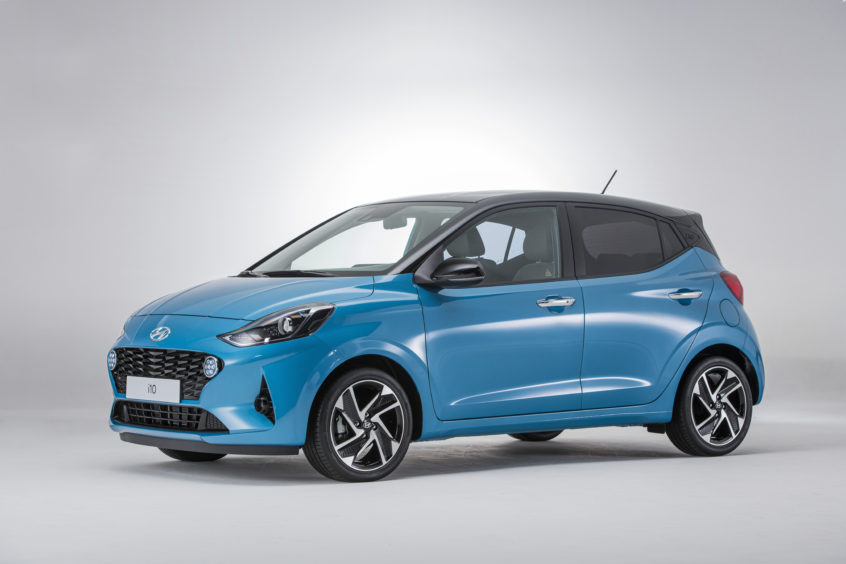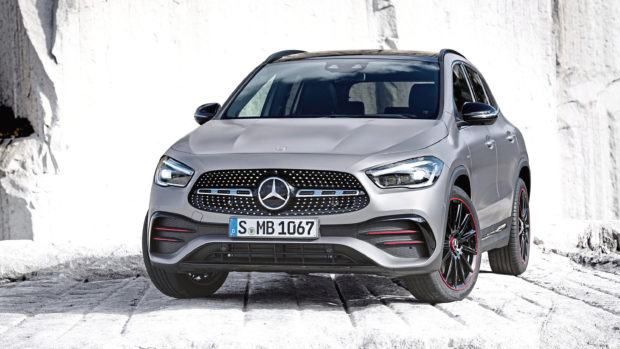Mercedes-Benz has revealed its latest GLA – the second generation of the crossover model.
Taking on the likes of the BMW X2 and Audi Q2, it’s 10cm higher than the car it replaces yet its overall length comes in just under 2cm shorter. Despite these changes, it’s said to offer more front headroom and rear legroom than the car it replaces.
The interior will be familiar to anyone who has sat in the current-generation A-Class, with high spec models getting a twin-screen setup measuring 10.25-inches that dominates the centre of the cabin. Lower specification cars will get two seven-inch displays instead.
Mercedes says that the driving position is higher than it was in the previous GLA, while the 421-litre boot represents a 14-litre increase over its predecessor.
The engine line-up for the GLA is set to mirror that found on the A-Class, but from launch just two powertrains are available; a 1.3-litre turbocharged petrol with 161bhp and 250Nm in the GLA 200, and a 302bhp 2.0-litre turbocharged petrol in the GLA 35. The latter version is capable of hitting 60mph from a dead stop in under five seconds.
Though that AMG-tweaked version gets four-wheel-drive as standard, it’ll be available on non-AMG versions too.
Prices for the new Mercedes-Benz GLA have yet to be announced, but they’re likely to be revealed closer to the car going on sale in spring 2020.

Meanwhile, Hyundai has announced the third generation of its acclaimed city car, the i10, will cost from £12,495.
As standard, the i10 boasts DAB radio, Bluetooth support, air conditioning, a leather-trimmed steering wheel and gear knob, electric mirrors and cruise control.
Two petrol engines are available for the Hyundai i10 — a 1.0-litre unit with an output of 66bhp and a 1.2-litre option developing 83bhp. A five-speed manual is fitted as standard to both engines, with the choice of an automatic also available.
All models get Hyundai’s five-year unlimited mileage warranty.
